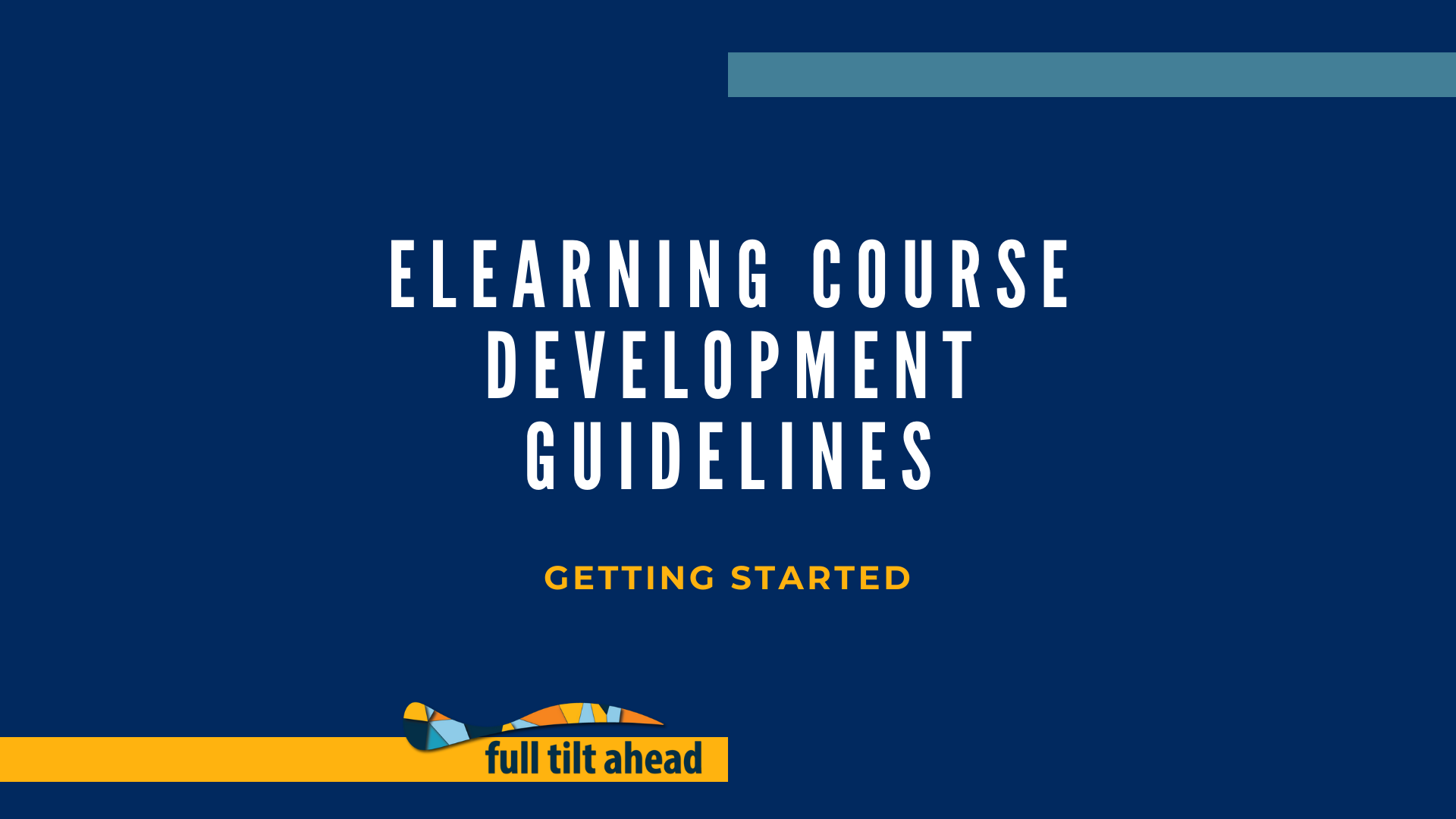eLearning Course Development
Thanks for tuning back in to learn more about designing effective eLearning courses—we’re happy to have you. If you haven’t already, check out part one of this series before reading on. Last time, we discussed the first four steps of effective course design. In this week’s blog, we tackle the final two steps, Alignment and Course Workload.
The Final Two Steps of Course Development
Alignment: Now that you have the core elements of your course in place, evaluate if they are aligned.
- Does the content and each of the learning activities align with the assessments they are meant to address? Is the content relevant to objectives of the module it is in? If not, remove it or set it aside as supplemental material. Is there a sufficient amount of content to ensure students can be successful on the assignment?
- Are each of the assessments clearly and completely addressing the objectives of the module they are in? Are you successfully assessing what a students needs to know, value or be able to do in order to meet the objective? If not, consider removing that component of the assessment or moving it to another module.
- Lastly, do the objectives align with the goals? Do the objectives support the goal?
Course Workload: Now that you know what content you are going to include in your course, run it through the Wake Forest Course Workload Estimator and consider how much time students will be spending on each module. Is the workload reasonable? Does it fit within the expected constraints of the rigor of the course?
You now know all the steps to design a stand out online course. Make sure to check back next week for our final post on tips and tools to use for effective course development.
Course design tips credit: L. Dee Fink, Creating Significant Learning Experiences: An Integrated Approach to Designing College Courses Revised and Updated Edition.

